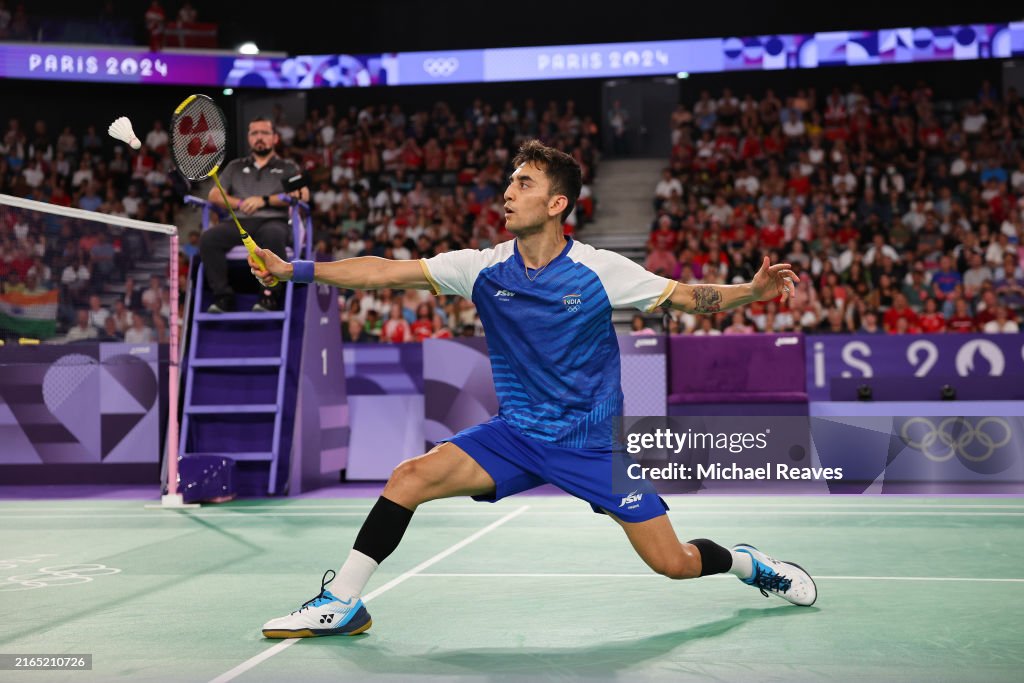The Indian Premier League (IPL) is not just a cricketing extravaganza; it’s a battlefield where strategic acumen plays a pivotal role in determining success. This blog delves into the intricacies of team strategies that have defined success in the IPL, examining each franchise’s unique approach, key players, and the tactics that set them apart.

Mumbai Indians (MI): The Dynasty Builders
Mumbai Indians have established themselves as the most successful franchise in IPL history. Their success can be attributed to a robust team-building strategy, led by astute captaincy from Rohit Sharma. The team’s emphasis on nurturing young talent, complemented by seasoned international stars, has created a winning formula.
Key Strategies: Youth Development, Core Retention, Overseas Impact Players
Mumbai’s focus on developing a core group of players, including Jasprit Bumrah and Hardik Pandya, showcases a long-term vision that extends beyond individual seasons.
Chennai Super Kings (CSK): The Consistency Kings
CSK, led by the enigmatic MS Dhoni, has been synonymous with consistency in the IPL. Their strategy revolves around backing experienced players, effective utilization of spin, and calculated decision-making. Dhoni’s captaincy style, known for its calmness under pressure, has been a cornerstone of CSK’s success.
Key Strategies: Experience Over Youth, Spin Dominance, Finisher Role Clarity
CSK’s reliance on experienced players like Dhoni, Raina, and Bravo showcases a strategic preference for seasoned campaigners, while the spin duo of Jadeja and Tahir has been instrumental in controlling middle overs.
Royal Challengers Bangalore (RCB): The Star-Studded Quest
RCB, captained by Virat Kohli, is known for assembling a star-studded lineup. While success has been elusive, their strategy involves building a formidable batting unit around Kohli and AB de Villiers, with a renewed focus on a balanced bowling attack in recent seasons.
Key Strategies: Star Batsmen, Bowling Reinforcement, Strategic Auction Picks
RCB’s big-ticket purchases in auctions, like Glenn Maxwell and Kyle Jamieson, reflect a strategy to address historical weaknesses, providing depth to both batting and bowling departments.
Kolkata Knight Riders (KKR): The Shrewd Strategists
KKR, under the leadership of Dinesh Karthik and later Eoin Morgan, has been known for its shrewd strategies. Their emphasis on a versatile squad, a mix of experienced and young players, and tactical captaincy has contributed to their success.
Key Strategies: Versatility in Squad, Spin Dominance, Tactical Captaincy
KKR’s ability to adapt to different match situations, often leveraging spinners like Sunil Narine, showcases a strategic flexibility that keeps opponents guessing.
Sunrisers Hyderabad (SRH): The Bowling Powerhouse
SRH’s success lies in its bowling prowess, often backed by a reliable top order. With David Warner at the helm, their strategy revolves around a formidable pace attack and impactful overseas players. SRH’s emphasis on a stable core has been a recurring theme.
Key Strategies: Pace Dominance, Dependable Top Order, Overseas Impact
SRH’s success with bowlers like Bhuvneshwar Kumar and Rashid Khan reflects a strategy that prioritizes a potent bowling attack to defend or set up manageable totals.
Delhi Capitals (DC): The Youthful Revolution
DC, led by Rishabh Pant, has undergone a transformation by placing faith in young, talented players. Their strategy involves a mix of experienced heads and emerging talents, with a focus on dynamic leadership and aggressive cricket.
Key Strategies: Youth Development, Strategic Buys, Aggressive Cricket
DC’s reliance on young talents like Prithvi Shaw and Shreyas Iyer reflects a strategy to build a team for the future, blending exuberance with experience.
Rajasthan Royals (RR): The Mavericks
RR has been synonymous with unorthodox strategies, often experimenting with team combinations and captaincy choices. Their approach involves identifying and nurturing uncapped talent, creating a team that thrives on unpredictability.
Key Strategies: Unconventional Tactics, Uncapped Talent Focus, International Flair
RR’s penchant for unearthing talents like Sanju Samson and promoting youngsters showcases a strategy that embraces innovation and risk-taking.
Conclusion
The IPL is not merely a showcase of individual brilliance; it’s a strategic chessboard where each move is carefully planned to ensure victory. As teams evolve and players adapt, the strategies that define IPL success continue to shape the league’s narrative. From Mumbai Indians’ dynasty-building approach to Rajasthan Royals’ maverick style, each franchise brings a unique flavor to the IPL, adding to the cricketing spectacle that has captivated fans worldwide. As we analyze the team-by-team strategies, it’s evident that the IPL is not just a tournament; it’s a strategic canvas where cricketing brilliance meets tactical mastery.



